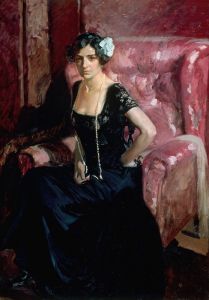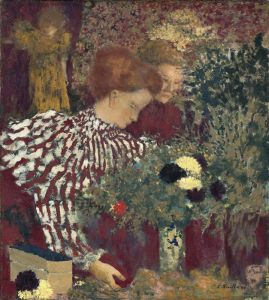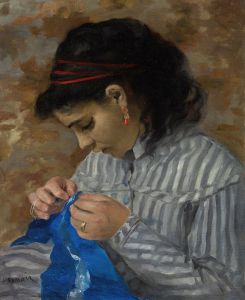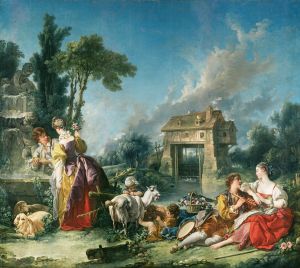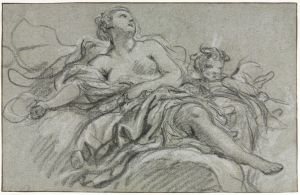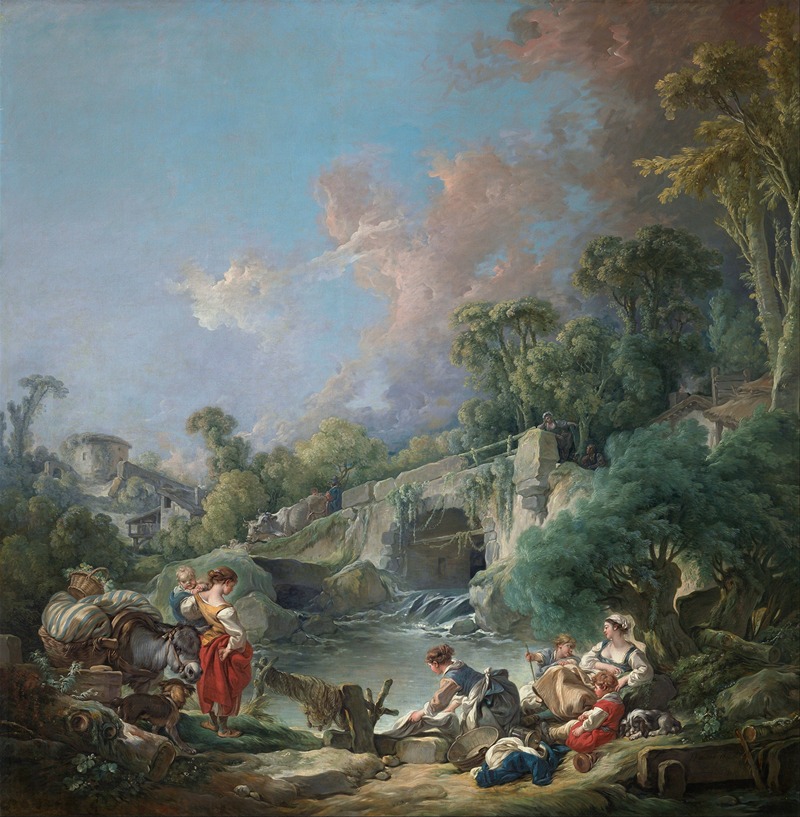
Washerwomen
A hand-painted replica of François Boucher’s masterpiece Washerwomen, meticulously crafted by professional artists to capture the true essence of the original. Each piece is created with museum-quality canvas and rare mineral pigments, carefully painted by experienced artists with delicate brushstrokes and rich, layered colors to perfectly recreate the texture of the original artwork. Unlike machine-printed reproductions, this hand-painted version brings the painting to life, infused with the artist’s emotions and skill in every stroke. Whether for personal collection or home decoration, it instantly elevates the artistic atmosphere of any space.
"Washerwomen" is a painting by the French Rococo artist François Boucher, created in 1768. Boucher was one of the most celebrated painters of the 18th century, known for his idyllic and voluptuous depictions of classical themes, decorative allegories, and pastoral scenes. His work epitomizes the Rococo style, characterized by lightness, elegance, and an exuberant use of color.
The painting "Washerwomen" (French: "Les Blanchisseuses") is a charming genre scene that captures a moment of everyday life. It depicts a group of women engaged in the activity of washing clothes by a riverbank. This subject matter was relatively common in the Rococo period, reflecting a fascination with the simplicity and rustic charm of rural life, which was often idealized in art and literature of the time.
In "Washerwomen," Boucher employs his typical soft palette and fluid brushwork to create a serene and picturesque scene. The composition is carefully balanced, with the figures of the women arranged in a harmonious manner that guides the viewer's eye through the painting. The women are depicted in various poses, some bending over their work, others standing or sitting, engaged in conversation. Their clothing, while simple, is rendered with a delicate attention to detail, and the folds and textures of the fabric are skillfully painted.
The setting of the painting is a lush, verdant landscape, typical of Boucher's pastoral scenes. The riverbank is dotted with trees and foliage, and the water reflects the soft light of the sky. The overall effect is one of tranquility and bucolic charm, inviting the viewer to appreciate the beauty of the natural world and the simple pleasures of rural life.
Boucher's "Washerwomen" is also notable for its subtle social commentary. While the scene is idealized, it nonetheless acknowledges the labor and daily routines of working-class women, offering a glimpse into their lives. This focus on ordinary people and their activities was a departure from the grand historical and mythological subjects that dominated much of European art in previous centuries.
François Boucher's work, including "Washerwomen," was highly influential in his time and continues to be celebrated for its technical mastery and aesthetic appeal. His paintings were sought after by collectors and patrons, including Madame de Pompadour, the famous mistress of King Louis XV, who was a great admirer and supporter of Boucher's work.
Today, "Washerwomen" is housed in the Musée du Louvre in Paris, where it remains an important example of 18th-century French painting. The painting is appreciated not only for its artistic qualities but also for its depiction of a slice of everyday life in the Rococo period. Through works like "Washerwomen," Boucher has left a lasting legacy, capturing the elegance and charm of his era with a masterful touch.





